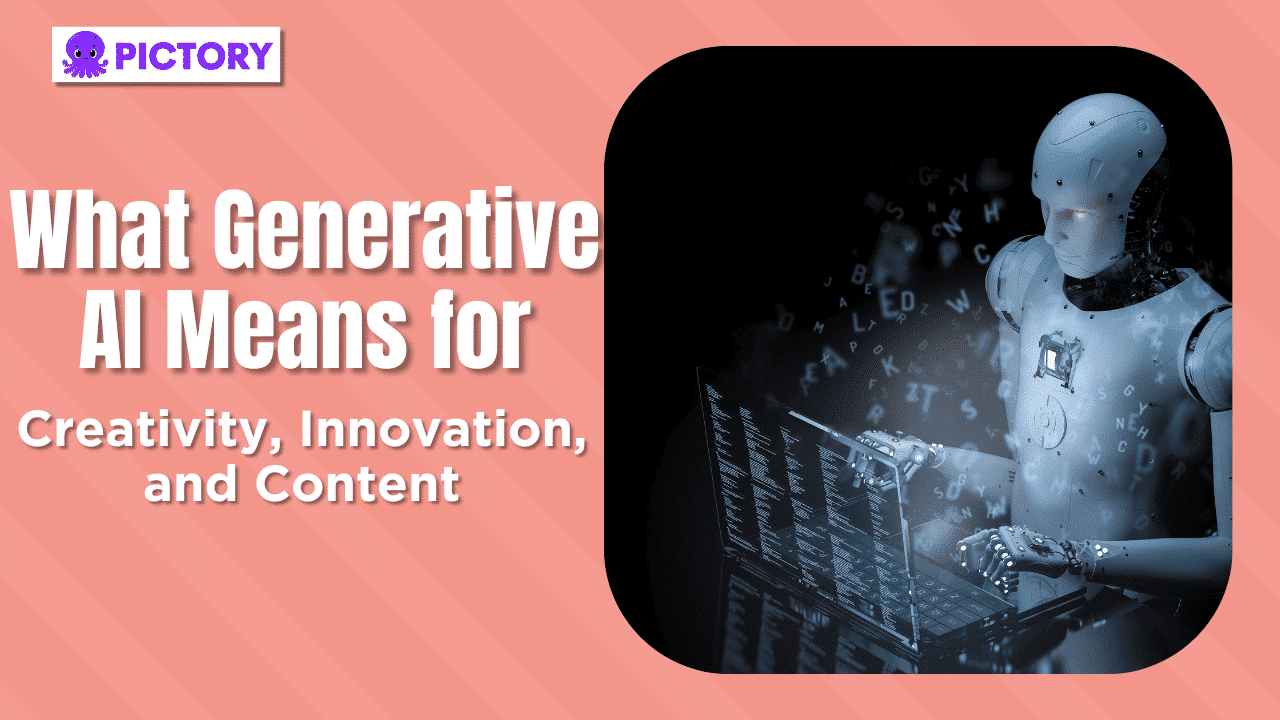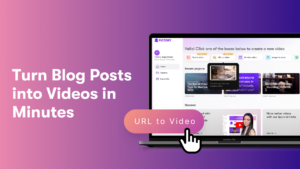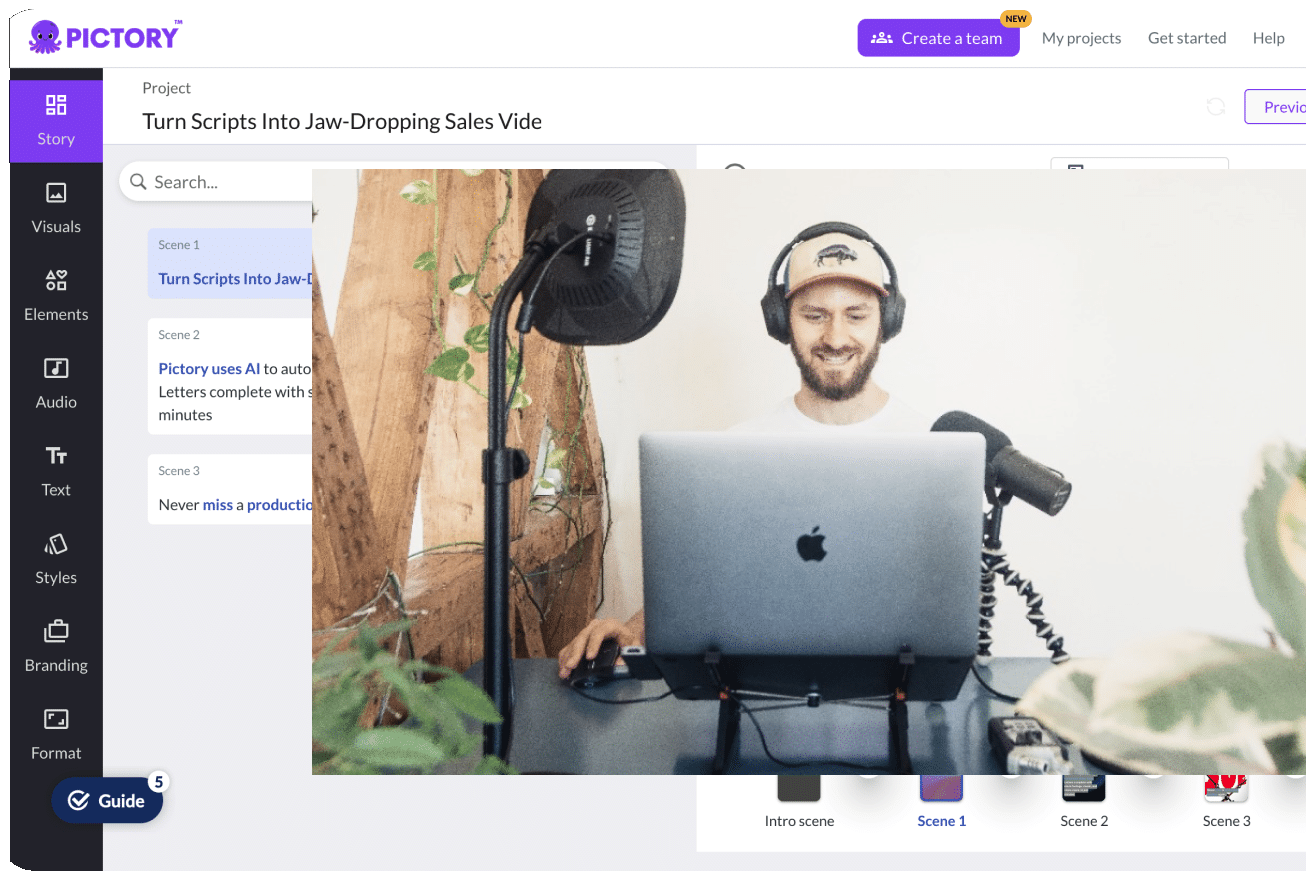Generative AI is a powerful tool in content creation, capable of generating a large quantity of material such as blog drafts, product descriptions, images and videos.
It uses algorithms, natural language prompts, data and machine-learning techniques to generate output that emulates human creativity.
Imagine a future where creativity knows no bounds.
A future where artificial intelligence (AI) and human ingenuity work hand-in-hand to generate limitless possibilities.
That future is closer than we think thanks to the transformative potential of generative AI.
In this blog post, we will delve into the world of generative AI, exploring what generative AI means for creativity, innovation, and content.
We’ll discuss various generative AI models, their applications, ethical concerns, and real-world examples.
Short Summary
Generative AI is revolutionizing creativity and innovation, augmenting human creativity, expanding creative possibilities and revolutionizing design & art.
GANs are enabling image generation & manipulation; VAEs for music/audio content; Transformers for text generation/language processing.
Generative AI can create personalized marketing content while addressing ethical concerns to ensure responsible use.
Pictory’s AI-powered video generation and editing software can turn any existing written content into high-quality video in minutes!
Quick, cost-effective, and easy-to-use, it will transform any content strategy in just a few clicks.
Sign up for a FREE trial here!
The Impact of Generative AI on Creativity and Innovation

The impact of generative AI on creativity and innovation is nothing short of transformative.
From its humble beginnings with the Eliza chatbot in the 1960s to the development of large language models like GPT-3, generative AI has come a long way.
Today, it’s enhancing human capabilities, broadening creative potential, and revolutionizing design and art across various industries and applications.
By automating routine tasks and offering new perspectives, generative AI empowers humans to focus on what matters most: their unique creative expression.
As generative AI continues to advance, it is poised to redefine the creative landscape and unlock unparalleled innovation.
Generative AI can supplement creativity by freeing up creative teams to focus on their core tasks, while AI takes care of mundane work.
It offers valuable insights to help generate better ideas and evaluate the quality of raw ideas.
Additionally, generative AI cannot replace human creativity or originality.
Augmenting Human Creativity
In the realm of human creativity, generative AI tools like natural language models act as powerful allies.
By automating laborious tasks and offering novel perspectives and concepts, these tools can significantly reduce the time and effort required to develop new ideas or pieces of text.
For instance, Github Copilot, an AI-powered “pair programmer,” assists human coders by making smart suggestions and generating code snippets.
As a result, generative AI enables creators to focus on the creative process, while the AI handles the more tedious aspects of content generation.
Expanding Creative Possibilities
Generative AI is not just about augmenting human creativity; it’s also about expanding creative possibilities.
By generating unique content in various forms such as:
text
images
music
videos
Generative AI provides a treasure trove of inspiration and innovation.
For example, designers and filmmakers can use image generation tools like DALL-E 2 to create stunning visuals for their projects.
As a result, artists can explore new styles, techniques, and ideas, pushing the boundaries of what’s possible with traditional image generation tools.
However, it’s crucial to address ethical concerns such as bias and fairness in AI-generated content to ensure its responsible use.
By doing so, we can harness the full potential of generative AI while staying true to the values of creativity and innovation.
Revolutionizing Design and Art
The impact of generative AI on design and art is nothing short of revolutionary.
By enabling artists to investigate new techniques, such as generative design, generative art, and generative music, generative AI is opening up new frontiers for creative expression.
In addition to exploring new styles like abstract art, surrealism, and glitch art, artists can create groundbreaking works of art that were once inconceivable, such as 3D sculptures and interactive installations.
Thus, generative AI is paving the way for a new era of artistic expression.
It is empowering creators to push the limits of their imaginations with generative AI creativity.
Generative AI Models and Their Applications
Generative AI models come in various forms, each with its unique set of applications.
From Generative Adversarial Networks (GANs) for image generation to Variational Autoencoders (VAEs) for music production and transformers for text generation, these models showcase the immense potential of generative AI.
In this section, we’ll discuss some of the most prominent generative AI models and their applications in content creation.
GANs: Image Generation and Manipulation
Generative Adversarial Networks (GANs), introduced by Ian Goodfellow in 2014, have revolutionized the field of image generation and manipulation.
By utilizing two neural networks that compete against each other, GANs can generate highly realistic images and alter existing ones.
One notable example is Dall-E, an AI application that links the meaning of words to visual elements, enabling the generation of images based on written descriptions.
As a result, GANs open up a world of possibilities for artists, designers, and creatives, allowing them to create stunning visuals with ease.
VAEs: Generating Music and Audio Content
Variational Autoencoders (VAEs) are another type of generative AI model employed for generating music and audio content.
By using an encoder, a decoder, and a loss function, VAEs can learn latent representations and generate distinct compositions and sounds.
This enables the production of novel music and audio content that can both inspire and entertain.
However, it’s essential to address ethical concerns, such as bias and fairness, when using VAEs for content generation.
Transformers: Text Generation and Language Processing
Transformers are yet another generative AI model, designed specifically for text generation and language processing.
These models, such as:
They have the capability to generate coherent and contextually relevant content based on user input, making them invaluable tools for content creators.
Deloitte’s experiment with Codex, for example, resulted in a 20% increase in the speed of code development for applicable projects.
As generative AI continues to advance, its applications in content creation will only expand, offering creators a plethora of opportunities to enhance their work.
The Role of Generative AI in Content Creation
Generative AI plays a significant role in content creation.
For example, in AI-generated articles, personalized marketing content, and AI-assisted music and video production.
As these technologies continue to advance, they offer creators the opportunity to enhance their work.
They can do this by automating repetitive tasks, providing new perspectives, and generating content tailored to specific audiences.
In this section, we’ll delve into the various ways generative AI is transforming content creation across industries.
AI-Generated Articles and Blogs
AI-generated articles and blogs are a prime example of how generative AI can save time and resources while maintaining quality and relevance.
The software can analyze data, recognize patterns, and produce coherent and relevant written content with minimal human intervention.
This allows content creators to focus on the creative aspects of their work, while the AI handles the more tedious tasks of content generation.
If you want to start utilizing AI in your writing process, why not read Pictory and ChatGPT: The Best AI Combination for Your Content Creation.
Personalized Marketing Content
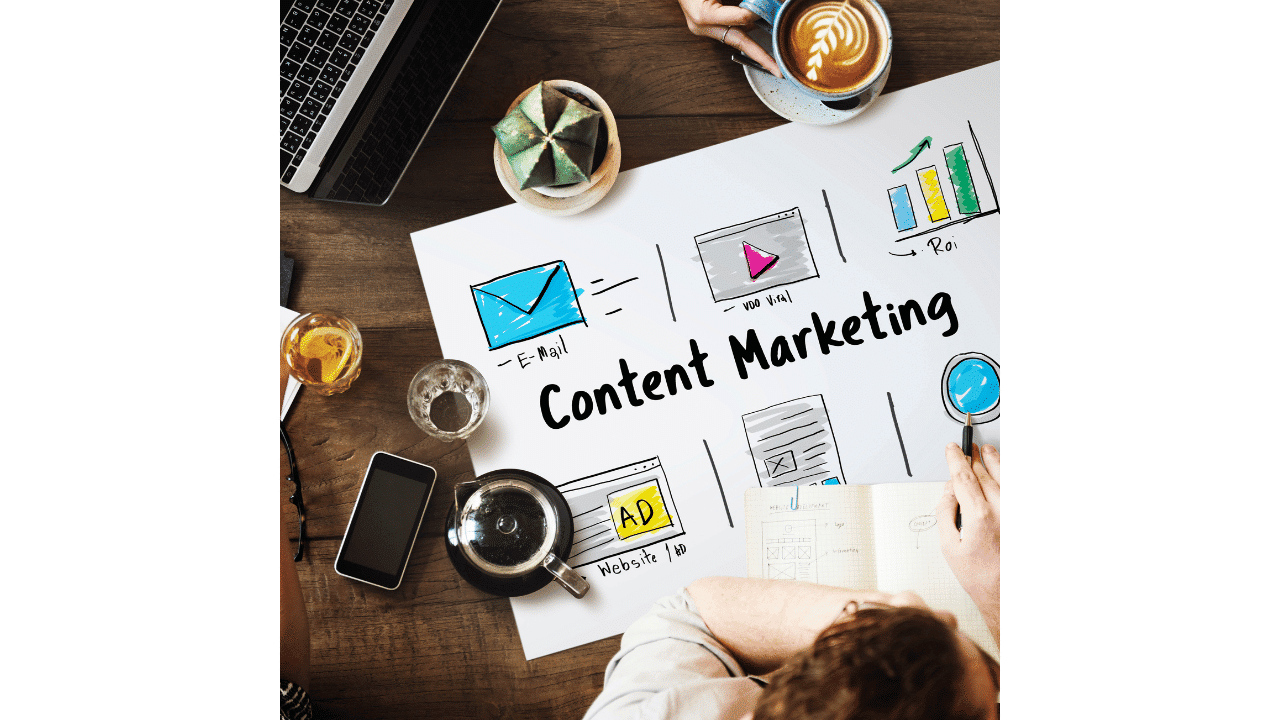
Generative AI has the potential to revolutionize the way marketing content is created and delivered.
By analyzing consumer behavior patterns and data, AI generate persuasive content tailored to specific audiences.
Using a personalized approach to marketing, enhanced by search engine optimization, can improve customer engagement and conversion rates.
This ultimately leads to better business outcomes.
AI-Assisted Music and Video Production
In the realm of music and video production, generative AI can streamline the creative process and enable new forms of artistic expression.
By automating certain tasks, such as:
generating melodies
composing music
mixing and mastering
creating background music for videos
With the help of AI-assisted production tools, AI could minimize the time and effort required to create high-quality content.
This allows artists to focus on their creative vision and explore new avenues of expression, while the AI takes care of the technical aspects of production.
Addressing Ethical Concerns and Limitations of Generative AI
As with any powerful technology, generative AI comes with its own set of ethical concerns and limitations.
Fairness, originality, and intellectual property rights are some of the key issues that need to be addressed in order to ensure the responsible use of generative AI.
In this section, we’ll explore these ethical concerns and discuss potential solutions.
Generative AI poses ethical concerns related to bias, fairness, authenticity, originality and intellectual property rights, making it a complex area with many challenges.
These ethical concerns must be addressed in order to ensure the responsible use of AI.
For example, AI models must be trained on unbiased datasets to avoid perpetuating existing biases.
Additionally, AI models must be transparent and explainable to ensure fairness.
Bias and Fairness in AI-Generated Content
Addressing bias and fairness in AI-generated content is crucial to ensure equitable representation and avoid perpetuating stereotypes.
Since AI systems learn from existing data, they can inadvertently propagate existing biases and result in unfair outcomes.
To prevent such issues, it’s essential to develop algorithms that account for different interpretations of fairness, and to constantly monitor and fine-tune AI systems to minimize potential biases.
Authenticity and Originality
Ensuring authenticity and originality in generative AI-generated content is essential to maintain the value of human creativity and artistic expression.
While AI-generated content can serve as an extension of human creativity, it should not replace or undermine the deeply personal and unique nature of human artistry.
To preserve authenticity and originality, creators should employ strategies such as digital watermarks, copyright protection systems, and blockchain technology to track and safeguard their content.
Legal Challenges and Intellectual Property Rights of AI Content
Legal challenges and intellectual property rights related to generative AI-generated content require updated laws and regulations to protect creators and users.
As AI-generated content becomes more prevalent, it is crucial to establish clear guidelines and policies that balance the incentives for technical innovation with the protection of original human creations.
Addressing these legal challenges will help ensure a fair and sustainable future for generative AI and its applications in various domains.
Preparing for a Future Shaped by Generative AI
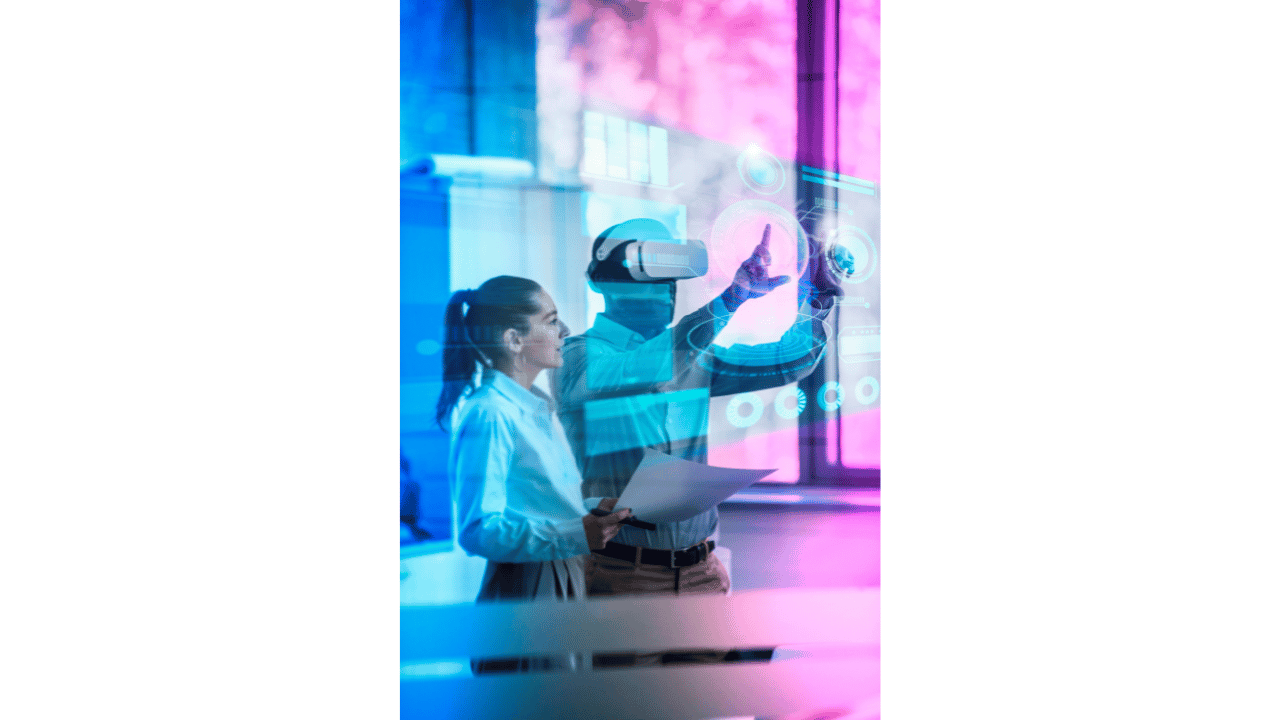
As generative AI continues to transform the landscape of creativity, innovation, and content creation, it is essential to prepare for the changes it will bring.
Here are some crucial steps to take in ensuring a successful transition to a future shaped by generative AI:
Embrace collaboration between humans and AI.
Develop new skills and mindsets to adapt to the evolving technology.
Navigate the changing job market and identify new opportunities.
By taking these steps, you can effectively harness the power of generative AI and thrive in the new creative landscape.
To best prepare for the future shaped by generative AI, it is important to focus on strengthening our collaboration with AI.
We should also cultivate skills relevant to the changing job market and develop new mindsets.
This means understanding how AI works, learning how to use AI tools, and developing the ability to think critically about AI-generated content.
It also means understanding the implications of AI on our lives, our jobs, and our society.
Finally, it means developing a mindset that is open to change.
Embracing Collaboration between Humans and AI
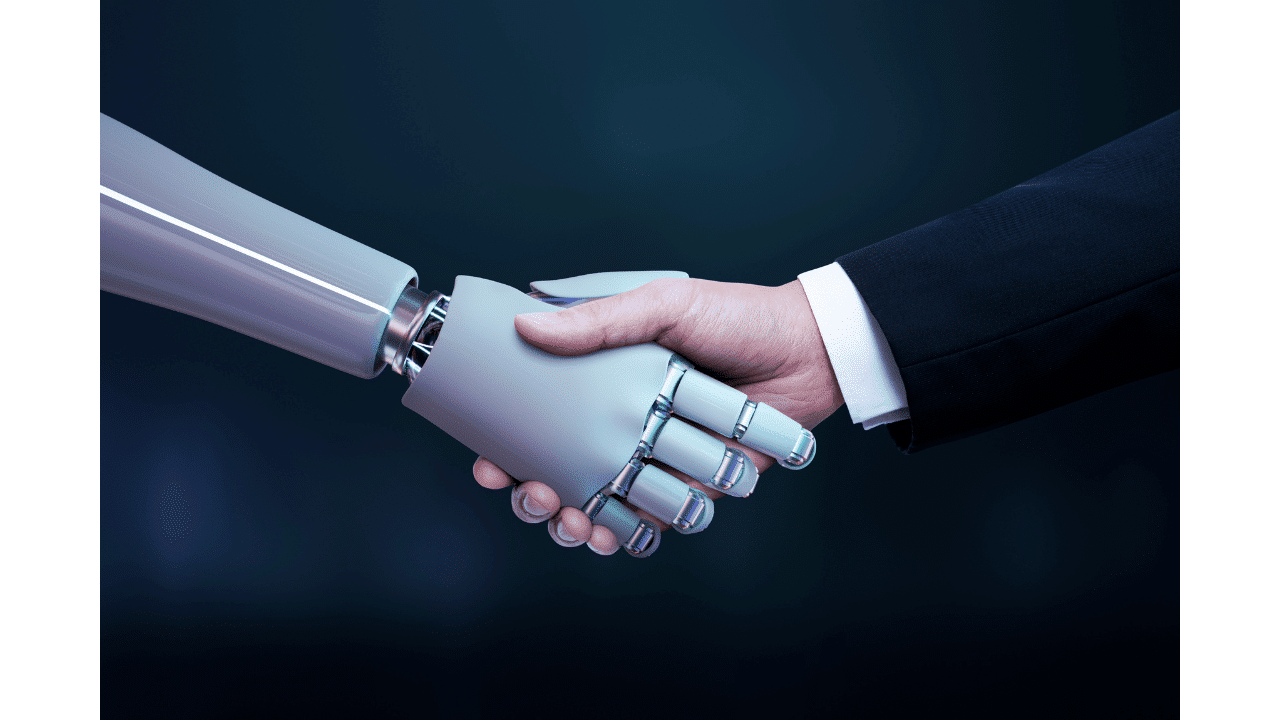
Embracing collaboration between humans and AI can lead to improved outputs and unparalleled innovation.
As AI technology advances, it is becoming increasingly necessary for humans to adopt new skills and perspectives to stay competitive in the job market.
By working together, humans and AI can achieve more than either could alone, paving the way for a future where:
creativity and technology coexist harmoniously
new opportunities for innovation are created
productivity and efficiency are maximized
complex problems can be solved more effectively
decision-making is enhanced through data-driven insights
Humans and AI can complement each other in many ways.
While artificial intelligence can provide insights and analysis, human intelligence plays a crucial role in decision-making and problem-solving.
Developing New Skills and Mindsets
Developing new skills and mindsets is essential to adapt to the changing landscape of creative industries influenced by generative AI.
As AI continues to revolutionize various domains, it is crucial for individuals to acquire proficiency in data science, machine learning, and AI.
Also, it is important to cultivate a mindset that encourages collaboration between humans and AI using training data.
By staying ahead of the curve and embracing the opportunities presented by generative AI, professionals can thrive in the evolving job market.
Navigating the Evolving Job Market with AI Generation
Navigating the evolving job market requires understanding the potential impact of generative AI on various occupations and industries.
As AI technology continues to advance, it will inevitably alter the composition of occupations and skills required in a company’s workforce.
To stay competitive, individuals must recognize the potential implications of generative AI on their industries and adapt accordingly.
This includes acquiring new skills and embracing the opportunities that come with the rise of AI.
Generative AI in Advertising and Marketing
Generative AI is used in advertising and marketing to create targeted campaigns, optimize content, and improve customer engagement.
By analyzing consumer behavior patterns and data, AI systems can generate persuasive content tailored to specific audiences.
This personalized approach to marketing can improve customer engagement and conversion rates, ultimately leading to better business outcomes.
Generative AI in Film and Entertainment
In film and entertainment, generative AI can assist in scriptwriting, visual effects, and content recommendation.
By automating certain tasks and offering new perspectives, AI systems can help creators focus on their artistic vision while streamlining the production process.
This enables filmmakers and content creators to explore new ideas, techniques, and styles, resulting in innovative and engaging content for audiences.
For more information on this, why not try How AI is Developing Film and TV Production.
Generative AI in Art and Design

Art and design applications of generative AI include creating unique artworks, exploring new styles, and enhancing the creative process.
By generating novel content in various forms, such as images, sounds, and text, generative AI provides artists with a plethora of inspiration and innovation.
This enables artists to push the boundaries of traditional tools and techniques, resulting in groundbreaking creative work that captivates and inspires.
Summary
As we have seen, generative AI holds enormous potential to transform creativity, innovation, and content creation across various industries.
By augmenting human capabilities, expanding creative possibilities, and revolutionizing design and art, generative AI is ushering in a new era of creativity.
While it is crucial to address ethical concerns and limitations, the future of generative AI promises exciting opportunities for artists, designers, and content creators worldwide.
As we embrace this technological revolution, let us harness the power of generative AI to unlock unprecedented innovation and reshape the creative landscape.
Content marketers can easily take advantage of generative AI tools with Pictory’s online video editor.
Quick, cost-effective, and easy to use with all levels of editing experience.
Our AI-powered video generation will transform any content marketing strategy in minutes.
Sign up for a free trial, or upgrade your current plan today, to access our full editing suite.

